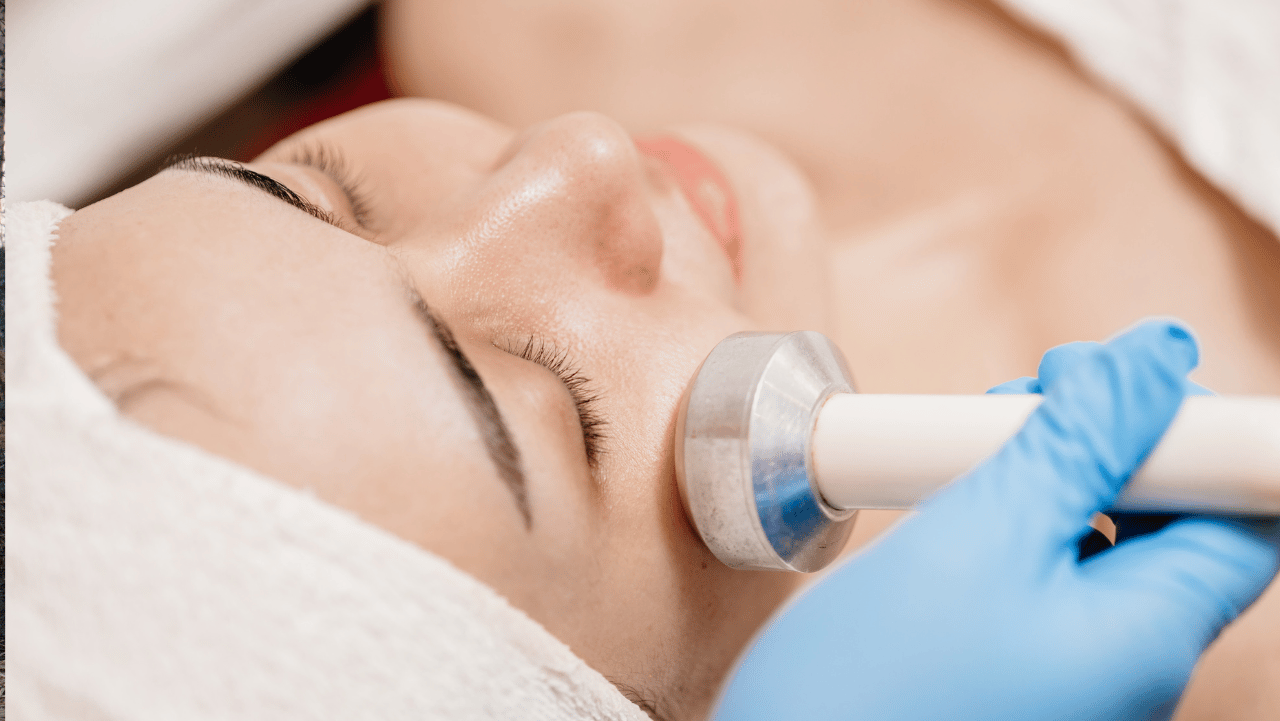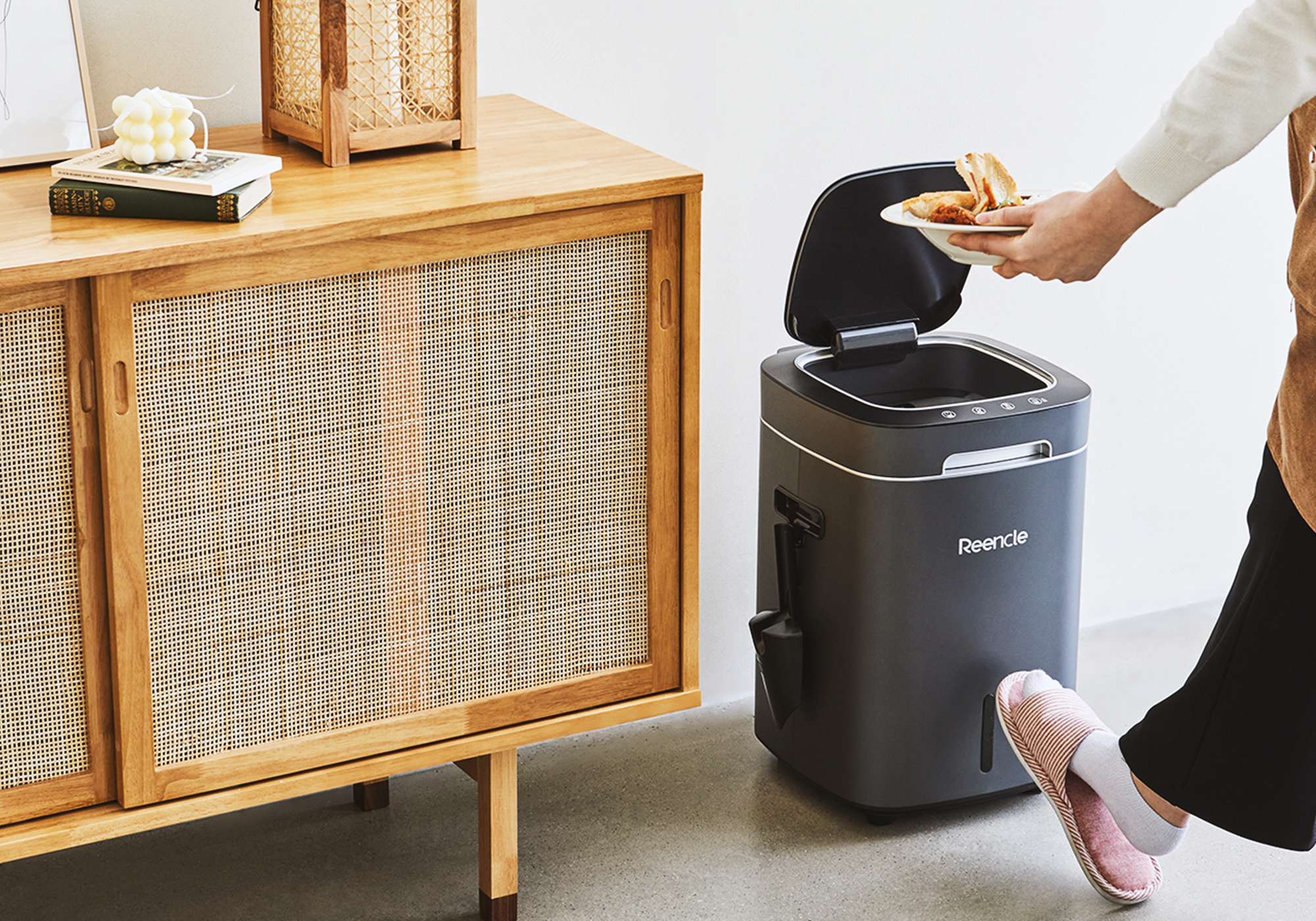As the quest for youthful, firm, and radiant skin intensifies, skin-tightening machines have emerged as a popular choice for non-invasive beauty treatments. These devices claim to improve skin elasticity, reduce sagging, and promote a younger appearance without the need for surgery. But do they really work? Let’s dive into the science, technology, and practical results of the skin tightening machine to separate fact from fiction.
Understanding How Skin Tightening Machines Work
Skin tightening machines leverage advanced technologies to stimulate collagen production and improve skin elasticity. Here are the most common technologies used in these devices:
Radiofrequency (RF) Technology
- RF devices emit heat into the deeper layers of the skin, triggering collagen remodeling and elastin production. By gently heating the dermis, these devices aim to tighten skin over time.
- Scientific Backing: Studies show RF treatments can reduce wrinkles and improve skin tightness, but the results may vary depending on the individual.
Ultrasound Technology
- Ultrasound devices use sound waves to penetrate deep into the skin, promoting collagen regeneration at a cellular level.
- Efficacy: Clinical evidence supports ultrasound treatments for skin lifting and tightening, especially on areas like the neck and jawline.
Laser Skin Tightening
- Laser devices focus light energy on targeted areas to heat the skin and boost collagen synthesis.
- Results: Laser treatments are highly effective for superficial tightening and improving skin texture.
Microcurrent Technology
- These devices stimulate facial muscles and improve circulation, giving the appearance of tighter and lifted skin.
- Limitations: Microcurrent devices often provide temporary results and are better for maintenance than dramatic changes.
What to Expect from Skin Tightening Machines
While these machines sound promising, it’s crucial to set realistic expectations. Non-surgical skin tightening methods can deliver noticeable improvements, but they are typically subtle compared to surgical options.
Pros
- Non-Invasive: No needles, scalpels, or downtime required.
- Gradual Improvements: Results appear naturally over weeks or months as collagen builds.
- Cost-Effective: Significantly cheaper than surgical alternatives.
- Customizable: Suitable for various skin types and areas of the body.
Cons
- Mild to Moderate Results: Most devices are better for early signs of aging rather than severe sagging or wrinkles.
- Consistency Required: Regular sessions may be necessary to maintain results.
- Time Investment: Some machines require frequent use over extended periods to achieve noticeable outcomes.
Home Devices vs. Professional Treatments
At-Home Skin Tightening Machines
- These are more affordable and convenient but may not deliver the same power or effectiveness as professional-grade equipment.
- Examples: RF wands, microcurrent tools, and laser pens for personal use.
Professional Treatments
- Performed by dermatologists or licensed aestheticians, professional treatments use higher-grade devices and deliver faster, more noticeable results.
- Examples include Ultherapy (ultrasound-based) and Thermage (RF-based).
Which Is Better?
If you’re looking for dramatic results, professional treatments are more effective. However, home devices are excellent for maintenance or as a starting point for skin rejuvenation.
Factors That Affect Results
The effectiveness of skin-tightening machines depends on various factors:
- Age and Skin Condition: Younger individuals with mild sagging tend to see better results.
- Frequency of Use: Consistent use over time is key to achieving and maintaining results.
- Lifestyle Choices: Factors like sun exposure, diet, and smoking can influence skin health and the effectiveness of treatments.
- Technology Used: Different devices cater to specific needs, so choosing the right one is critical.
Are Skin Tightening Machines Safe?
Most skin-tightening machines, whether for home or professional use, are considered safe when used correctly. However, there are a few precautions to keep in mind:
- Patch Testing: Always test the device on a small area of skin to ensure no adverse reactions occur.
- Consult a Professional: If you have sensitive skin, underlying health conditions, or are unsure about the treatment, consult a dermatologist before starting.
- Follow Instructions: Misusing devices can lead to burns, redness, or irritation.




